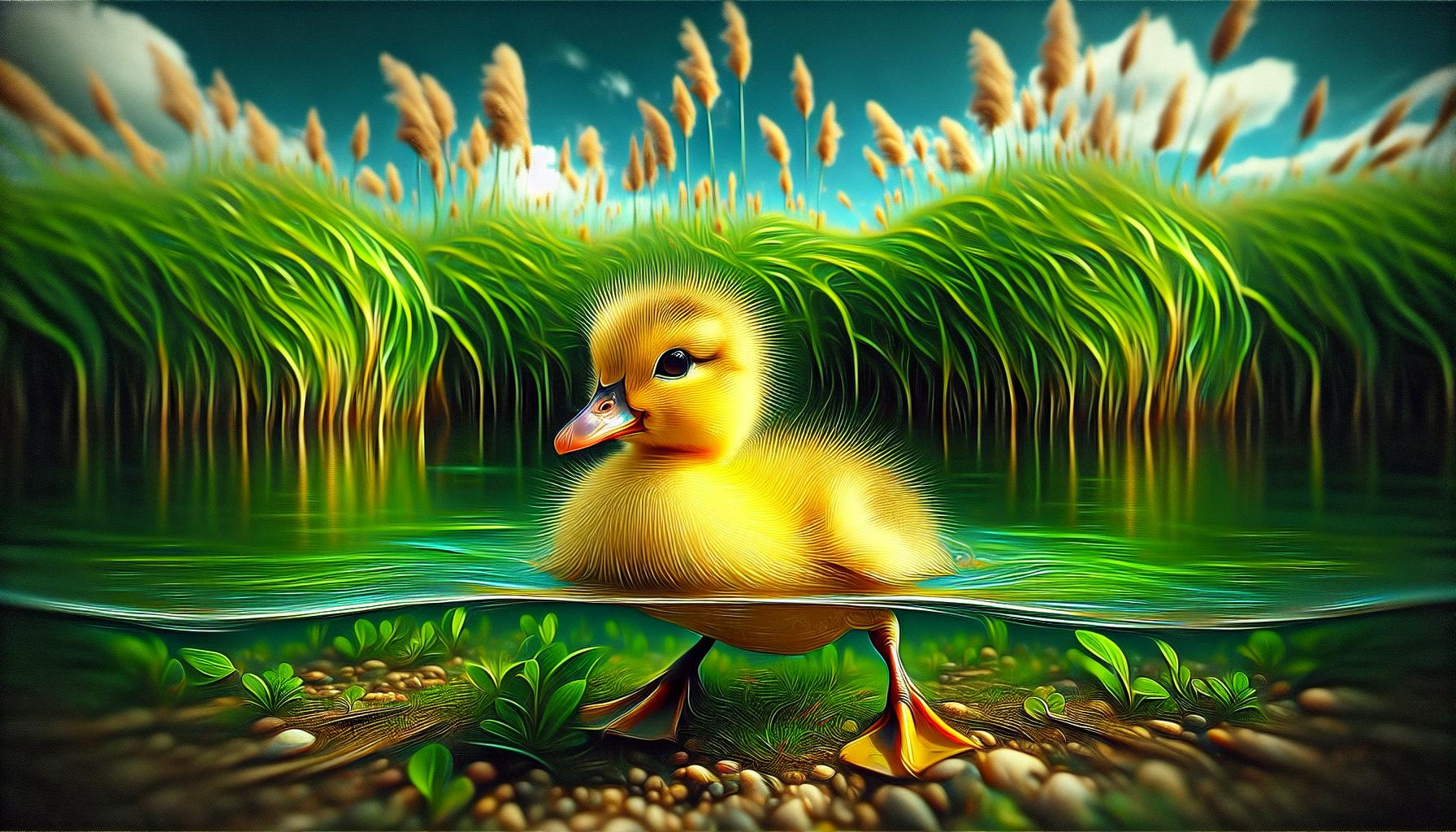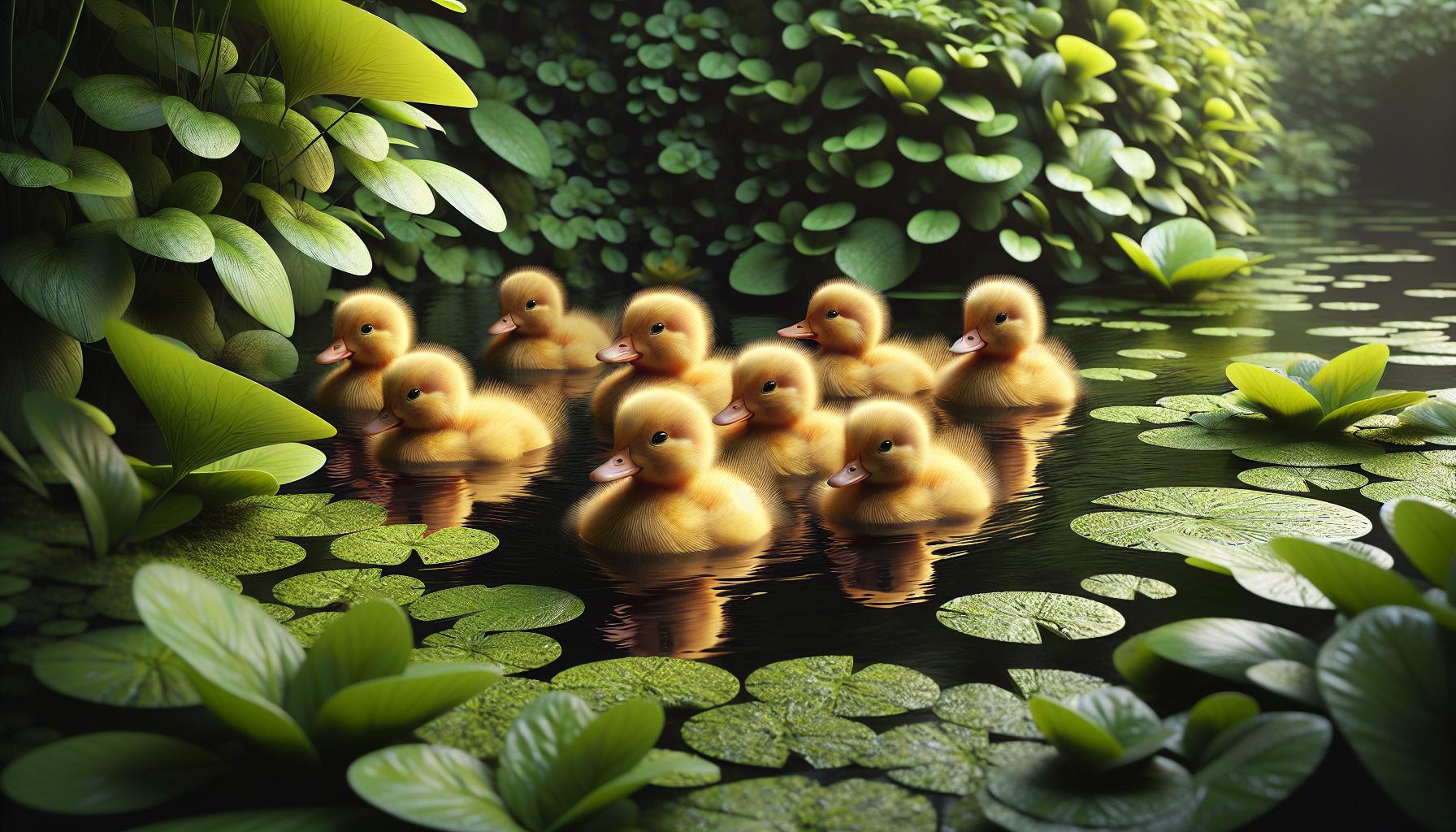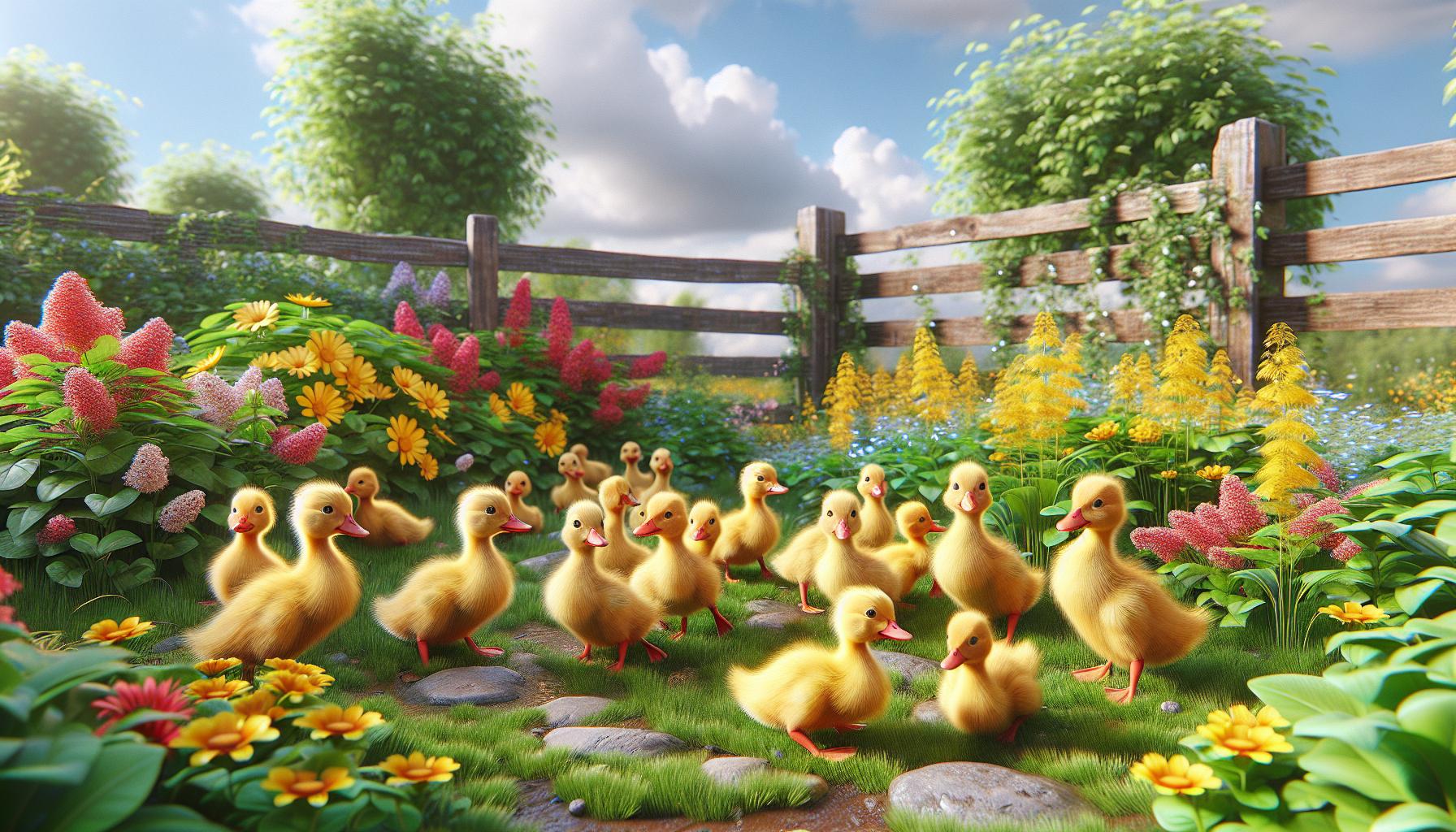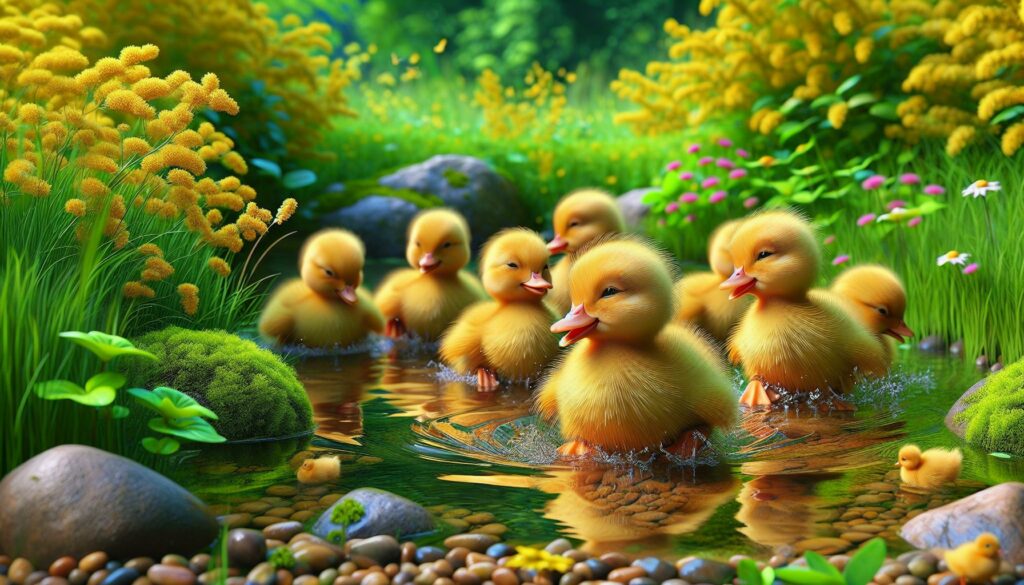There’s something undeniably charming about baby:l5a6oaayht8= duck. Their fluffy yellow feathers and playful quacks can melt anyone’s heart. Watching them waddle around or swim in a pond brings a sense of joy and nostalgia, reminding me of simpler times. These adorable creatures aren’t just cute; they also play a vital role in our ecosystems. In this article, I’ll explore the fascinating world of baby ducks, from their early development to the unique characteristics that make them special. Whether you’re a seasoned birdwatcher or just someone who appreciates nature’s wonders, you’ll find plenty to love about these delightful little birds. Join me as we dive into the life of baby ducks and discover what makes them so captivating.
- Charming Characteristics: baby:l5a6oaayht8= duck are known for their fluffy yellow feathers, playful behaviors, and appealing aesthetics, capturing the hearts of many.
- Rapid Development: They hatch after 28 days and quickly adapt, exhibiting swimming and foraging instincts within hours of birth.
- Ecosystem Importance: Baby ducks play a vital role in pest control and maintaining biodiversity, positively impacting their habitats through foraging behaviors.
- Social Nature: These ducks engage in vocalizations and bonding behaviors that are crucial for their survival, emphasizing their need for social interaction.
- User Insights: Families enjoy observing baby ducks, finding them low-maintenance pets that offer educational opportunities, although care challenges such as dietary needs and space should be considered.
Baby:L5a6oaayht8= Duck
Baby ducks, known for their vibrant yellow feathers and buoyant personalities, captivate everyone who encounters them. Their fluffy appearance makes them adorable, drawing attention and affection. Baby ducks exhibit playful behaviors, often seen waddling after their mothers and exploring their surroundings.
The early development stages of baby ducks include critical milestones. They hatch from eggs after about 28 days of incubation and quickly adapt to their environment. Within hours, they can swim and forage for food, showcasing their natural instincts. Baby ducks consume a diet rich in insects, plants, and grains, providing essential nutrients for growth.
In ecosystems, baby:l5a6oaayht8= duck play a significant role. They contribute to pest control by feeding on insects and help maintain the balance of aquatic habitats. Their presence impacts biodiversity, as they interact with other wildlife species.
Baby ducks also feature unique traits. Their social behavior includes vocalizations that help them communicate with each other and their mothers. They develop specific bonding behaviors, essential for their survival in the wild. Understanding these aspects enriches the appreciation of these charming creatures.
Features of Baby:L5a6oaayht8= Duck

Baby ducks exhibit several impressive features that contribute to their charm and functionality in their environments.
Design and Aesthetics
Fluffy yellow feathers characterize baby ducks, providing both an appealing appearance and camouflage in natural habitats. The soft down feathers present a striking contrast against their dark eyes, enhancing their cuteness factor. Their compact bodies and webbed feet aid in swimming and foraging, making them visually distinctive among other bird species. Unique variations in coloration appear in different breeds, showcasing the diversity within the species.
Functionality and Usability
Baby ducks display remarkable functionality from their early days. Their buoyant bodies allow for immediate swimming capability shortly after hatching, vital for safety against predators. This instinctive behavior aids in their survival and showcases their impressive adaptability. Their dietary versatility allows them to consume a range of foods, including insects, plants, and grains, ensuring efficient nutrient intake. Social behaviors, such as following their mother and vocalizing, facilitate group cohesion and learning, enhancing survival skills.
Performance Analysis

Examining the performance of baby ducks reveals their remarkable adaptations and natural abilities. Their innate traits contribute significantly to their survival and development.
Speed and Efficiency
Baby ducks exhibit quick movement, both on land and in water. Their small, compact bodies enhance their speed while their webbed feet allow for efficient swimming. Within hours of hatching, they can swim, showcasing their instinctive ability to navigate aquatic environments swiftly. This speed plays a crucial role in evading potential predators, ensuring their safety and survival. In warm conditions, their energy-efficient foraging habits allow them to gather food quickly, targeting insects and plants essential for their growth.
Compatibility with Other Devices
Baby ducks demonstrate a high degree of adaptability in various environments. They thrive alongside other waterfowl and integrate well into diverse habitats. This compatibility extends to their role in ecosystems, as they interact harmoniously with other species, sharing space for foraging and nesting. Their social nature facilitates herd behavior, strengthening their collective defense mechanisms against threats. These interactions highlight their capacity for coexistence, contributing positively to biodiversity within their ecosystems.
User Experience

Exploring the user experience around baby ducks reveals insights through customer feedback and highlights their pros and cons. Many enthusiasts and caregivers share their experiences, offering valuable perspectives on these charming creatures.
Customer Feedback
Users consistently express delight in observing baby ducks. Families report joy when introducing children to these animals, noting the educational value in teaching responsibility and empathy. Pet owners emphasize the low maintenance of baby ducks, praising their hardiness and adaptability. Many share heartwarming stories of bonding moments during feeding and playtime. A few users mention occasional challenges with diet management and habitat setup, but most feedback is overwhelmingly positive. Reviews often highlight baby ducks’ playful nature and curious personalities, making them beloved companions.
Pros and Cons
- Playful Behavior: Baby ducks are active and curious, providing hours of entertainment.
- Low Maintenance: They adapt well to various habitats and are generally easy to care for.
- Educational Opportunities: Owners can teach children about nature and responsibility.
- Natural Pest Control: Their foraging habits contribute to controlling insects in gardens and yards.
- Social Creatures: They thrive in groups, enhancing their social interactions.
- Dietary Needs: Specific nutritional requirements can complicate feeding.
- Space Requirements: While adaptable, they still need adequate space to thrive.
- Seasonal Care: Owners must prepare for temperature changes, especially in cold climates.
- Limited Lifespan: Baby ducks grow into adult ducks, requiring long-term commitment.
- Noise Levels: Quacking can be loud and may disturb neighbors in residential areas.
Their Adaptability and Social Nature
Baby ducks truly embody the essence of joy and wonder in nature. Their playful antics and charming appearance bring smiles to faces young and old. I’ve found that observing their natural behaviors not only entertains but also reminds us of the importance of nurturing our ecosystems.
As I reflect on their adaptability and social nature, it’s clear that these little creatures play a vital role in our environment. Whether you’re considering adding them to your family or simply enjoying their presence in the wild, baby ducks offer a unique connection to the beauty of nature. Embracing their charm enriches our lives and fosters a deeper appreciation for wildlife.

